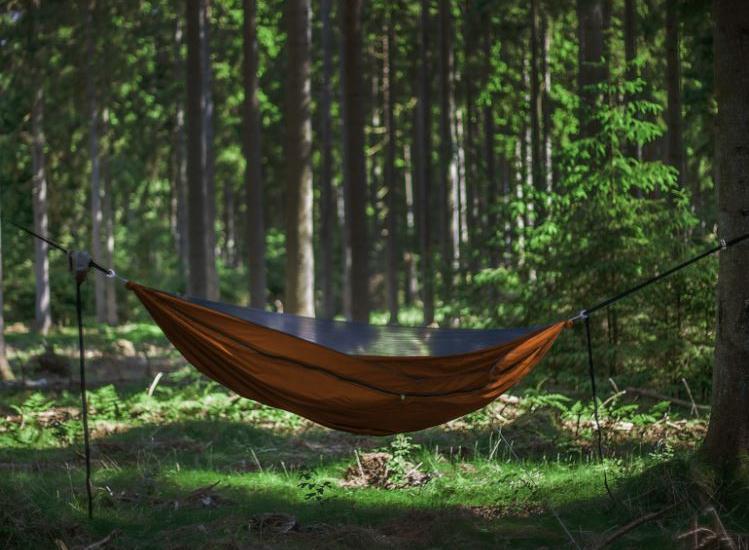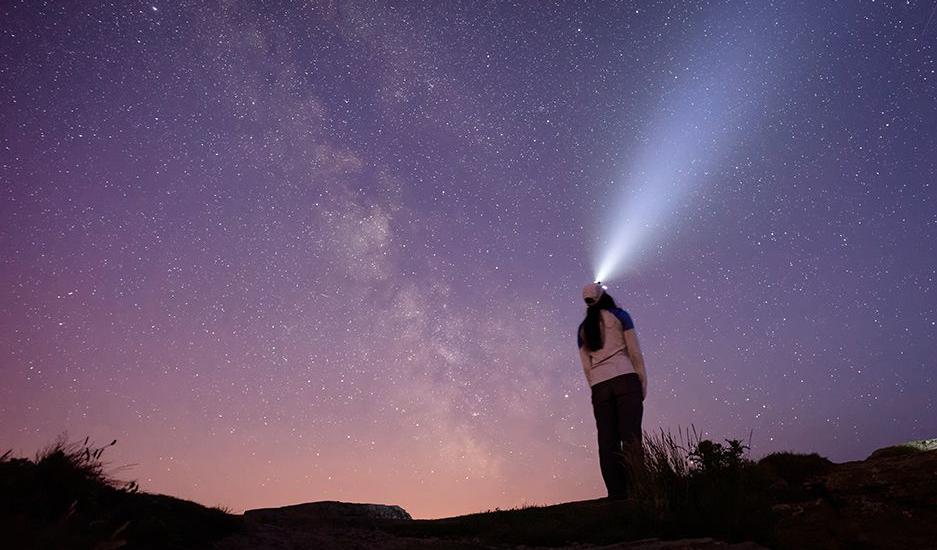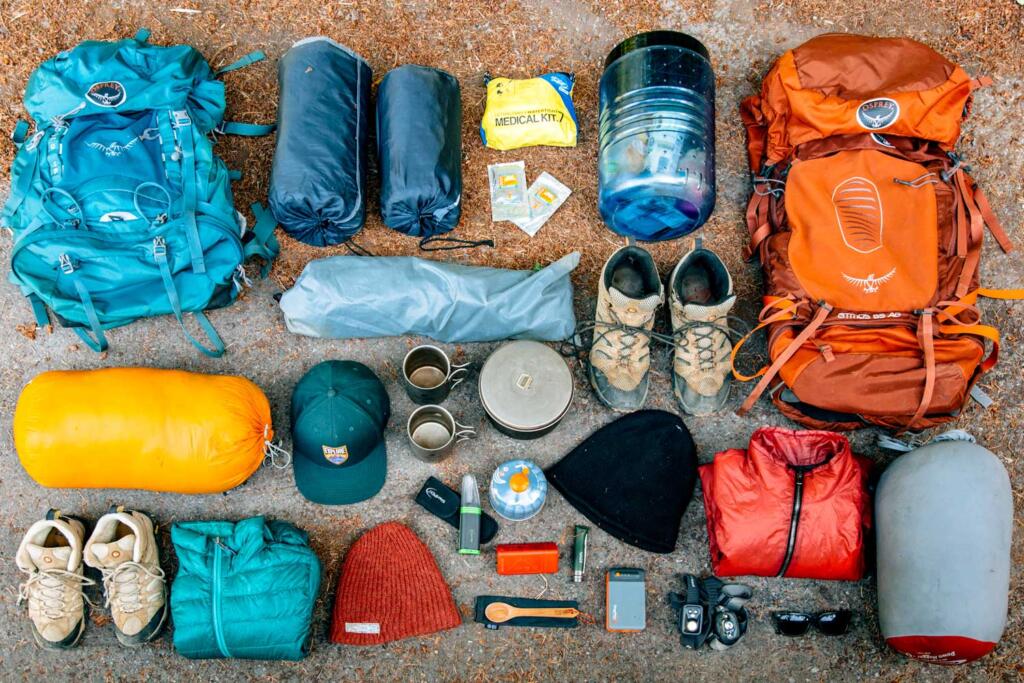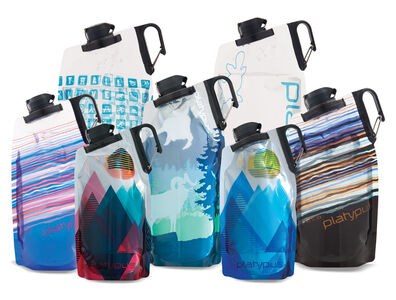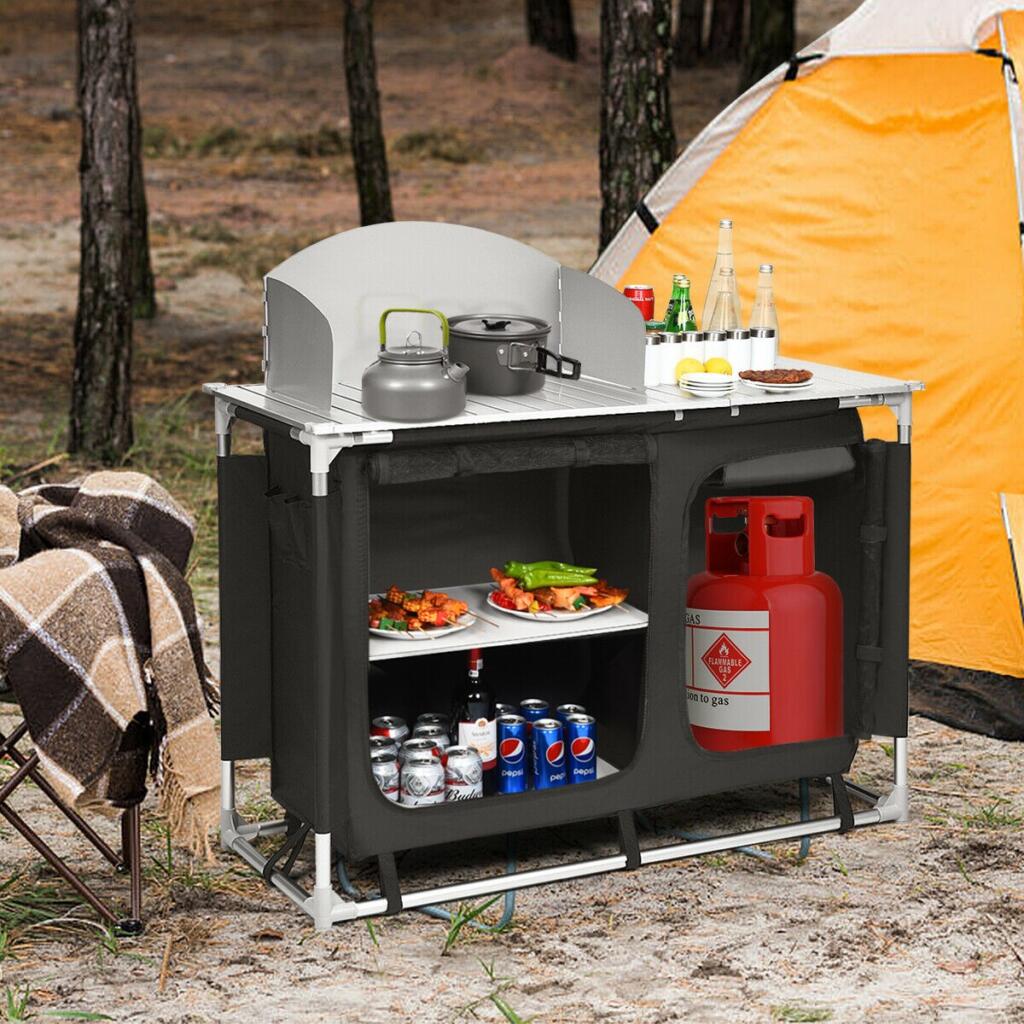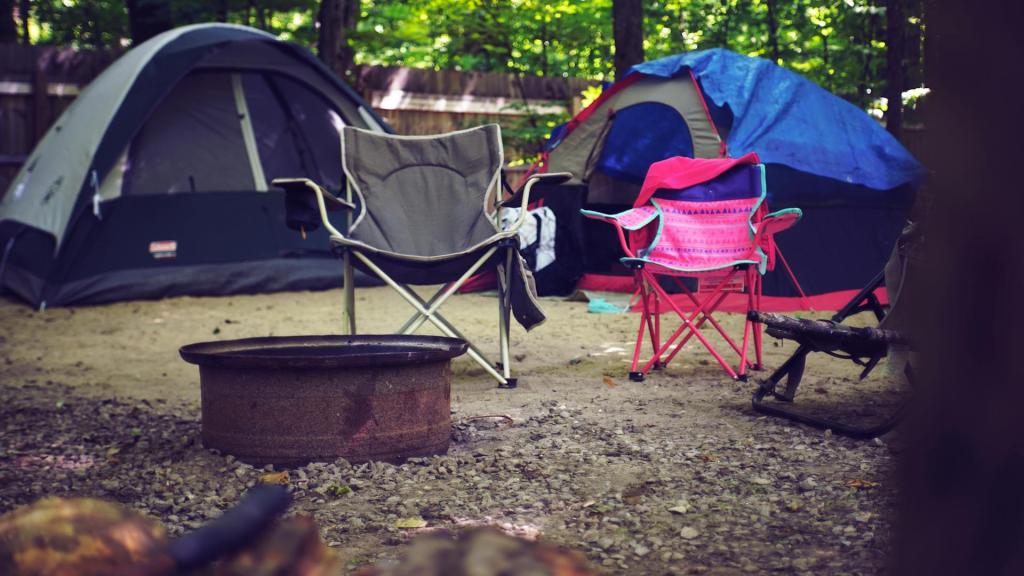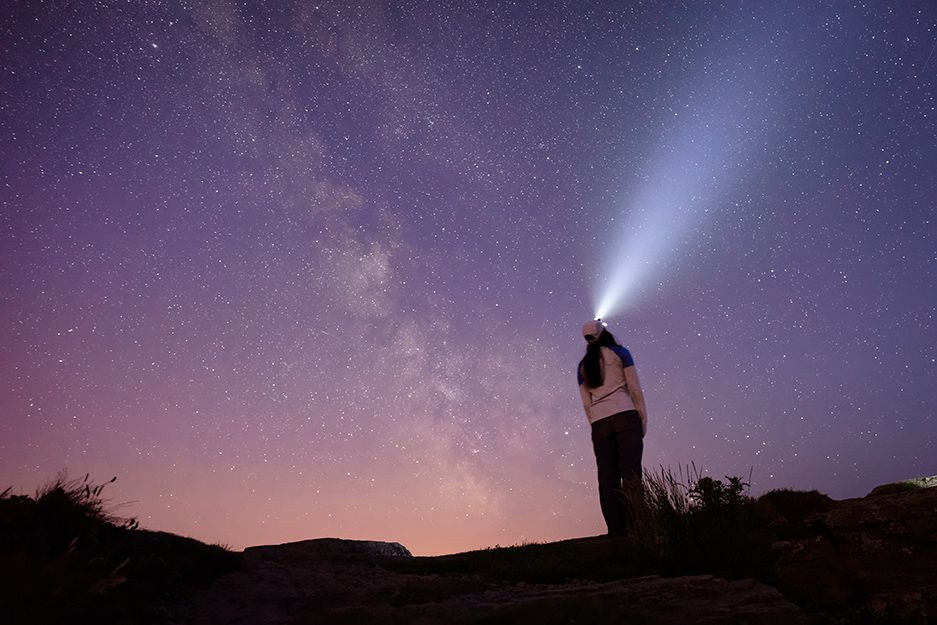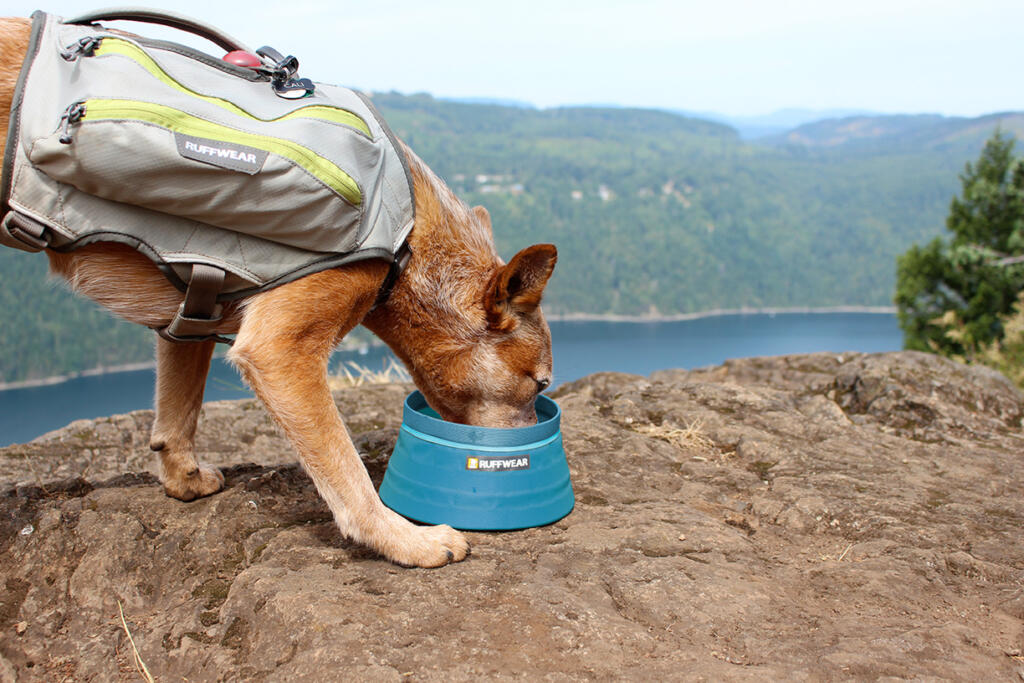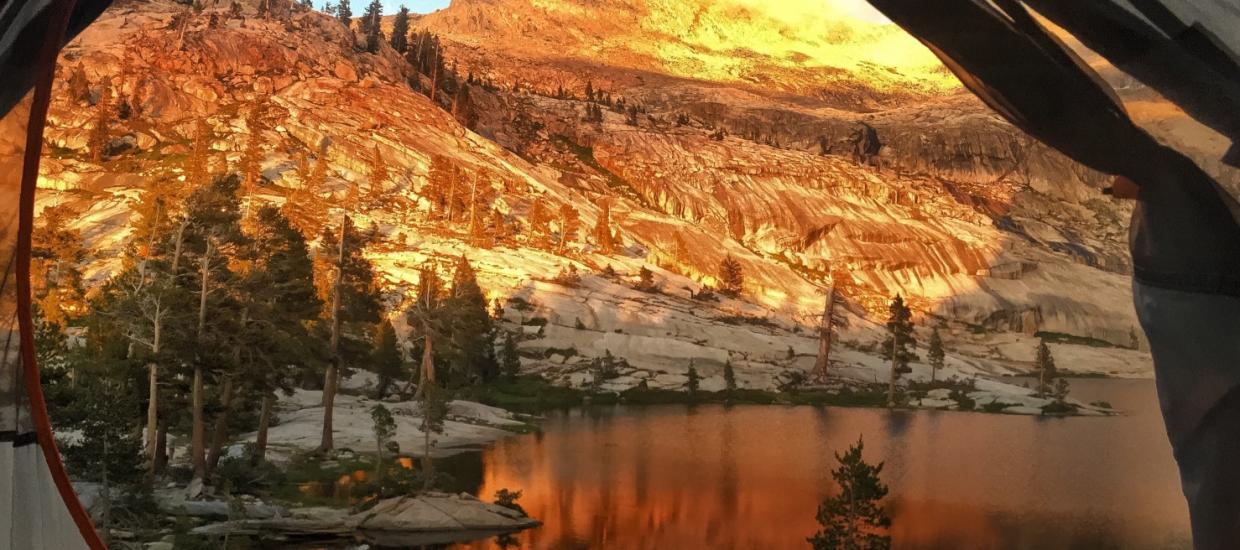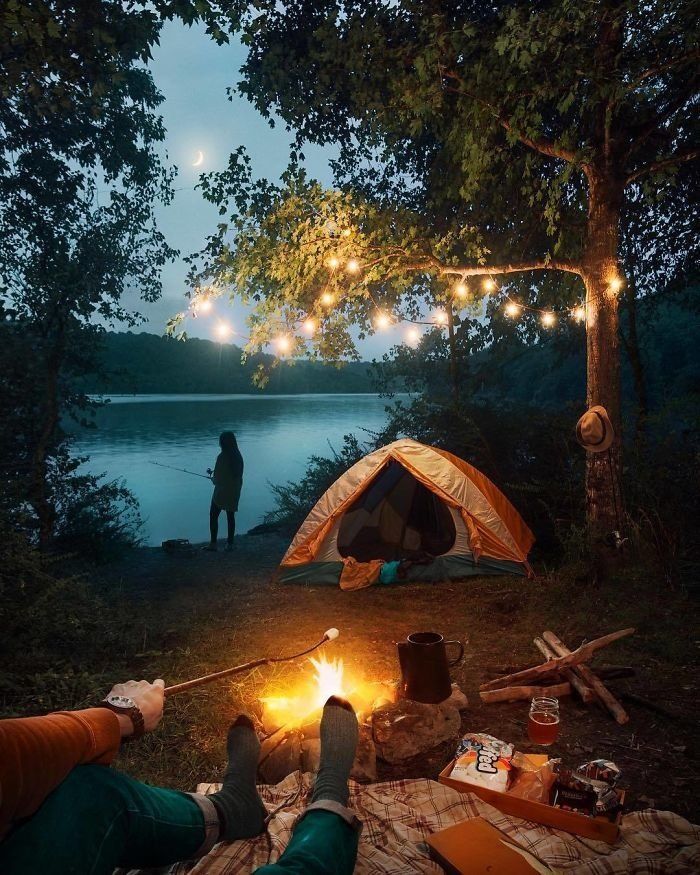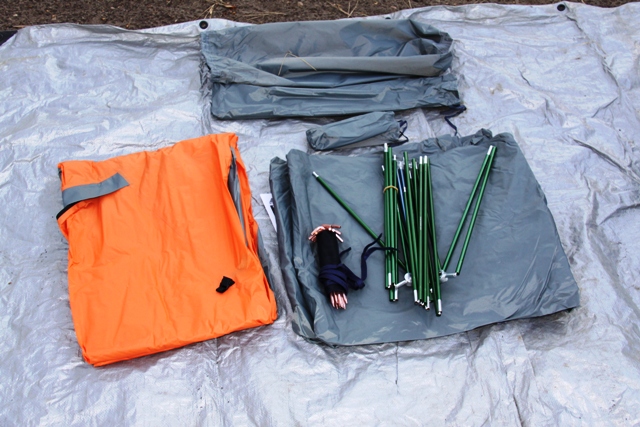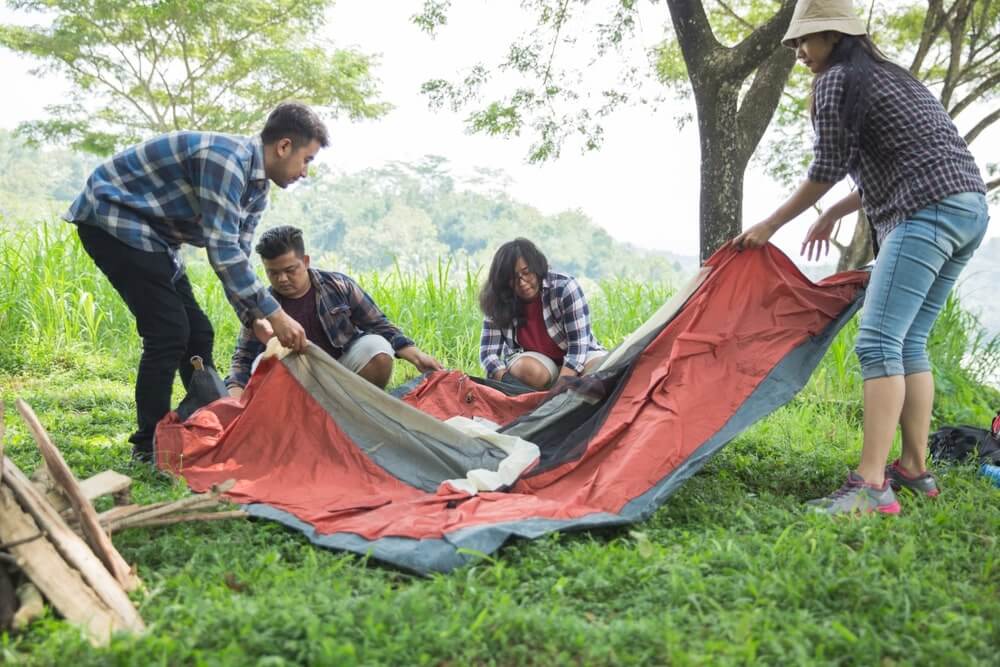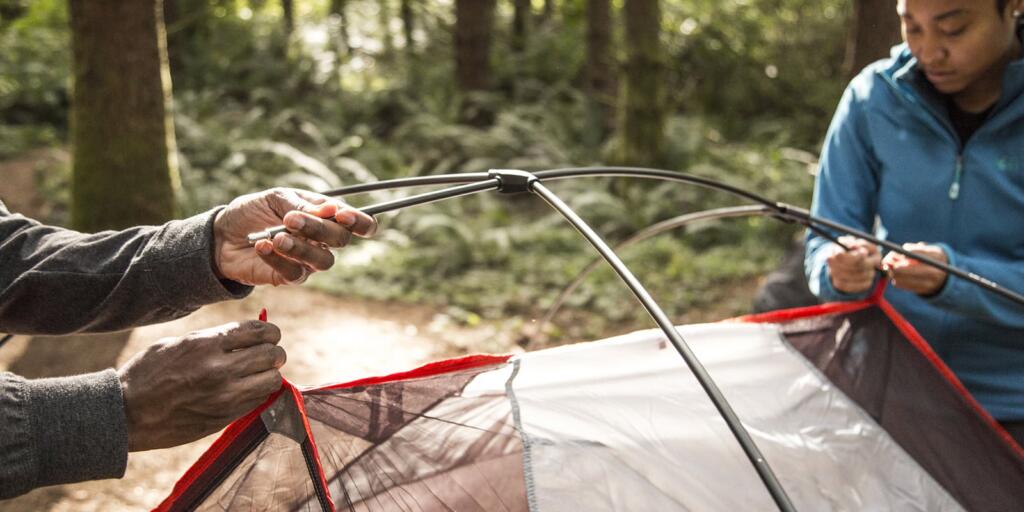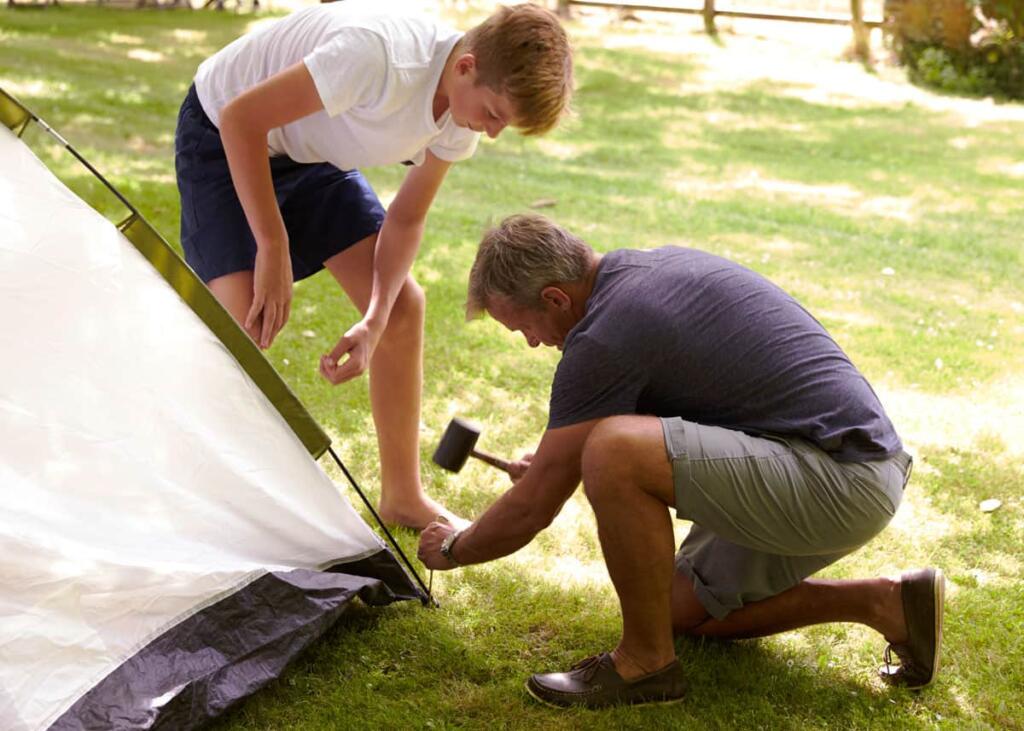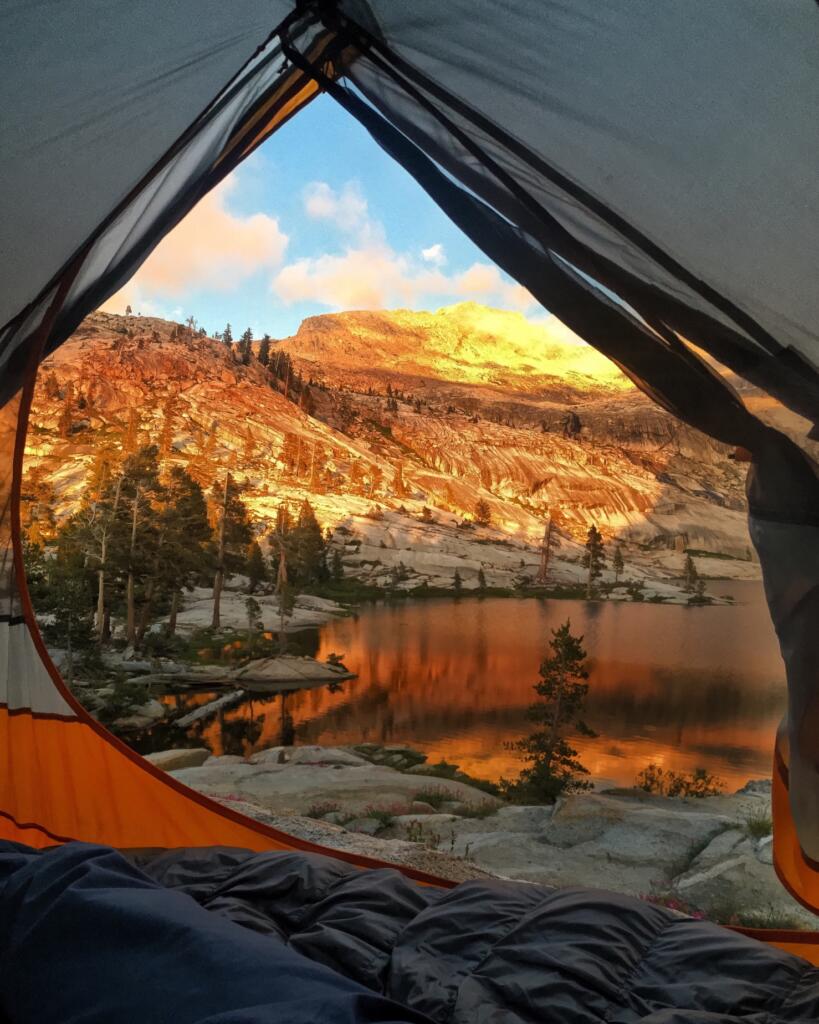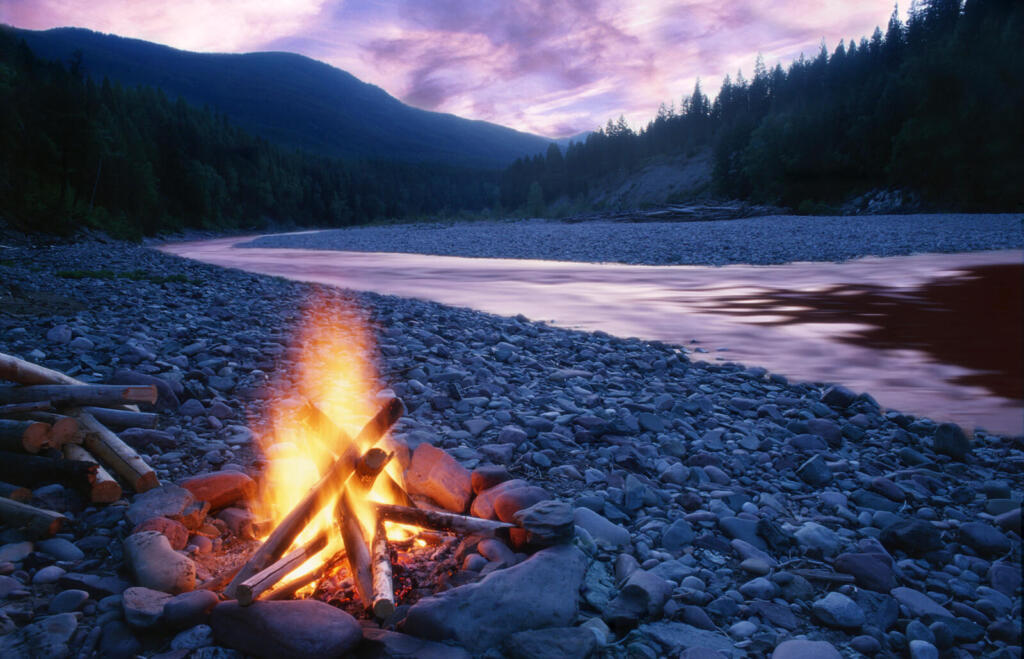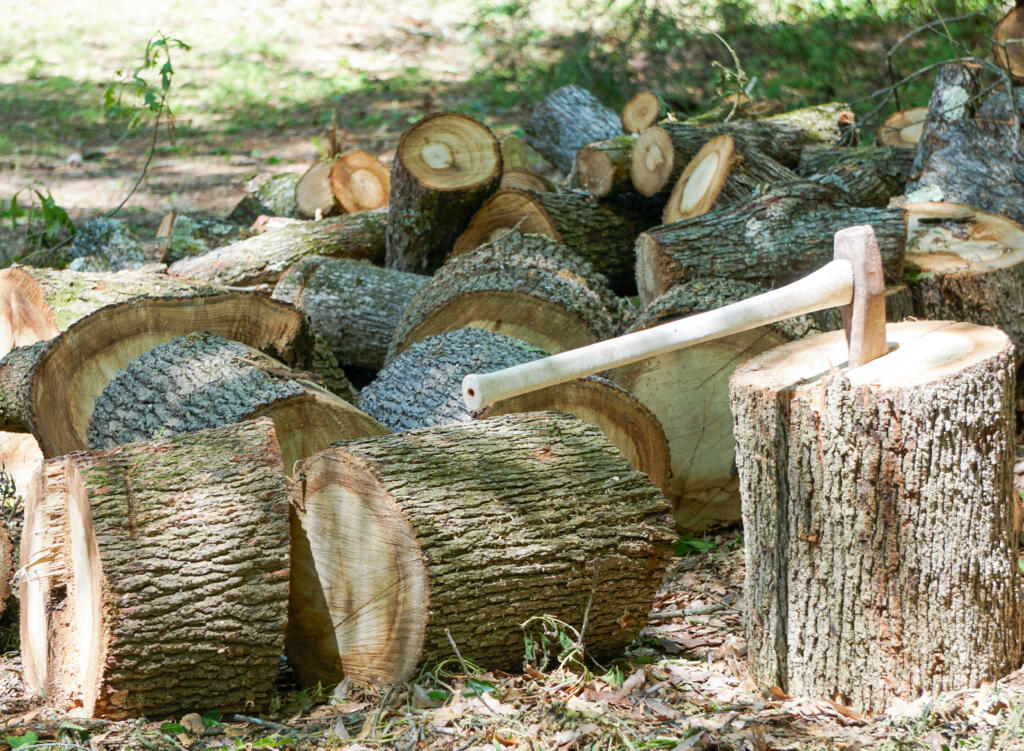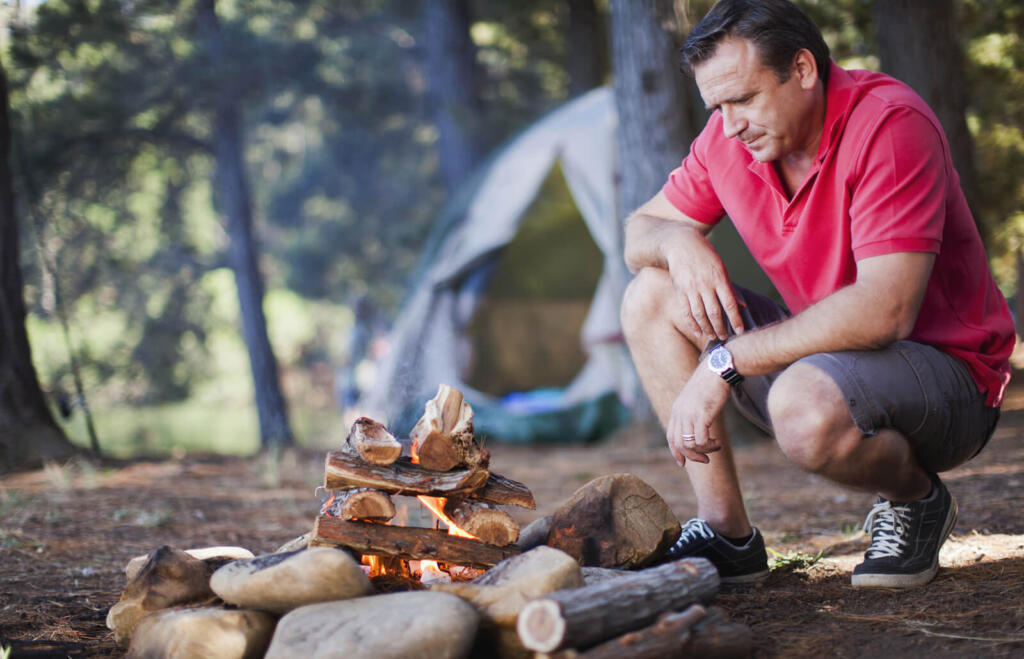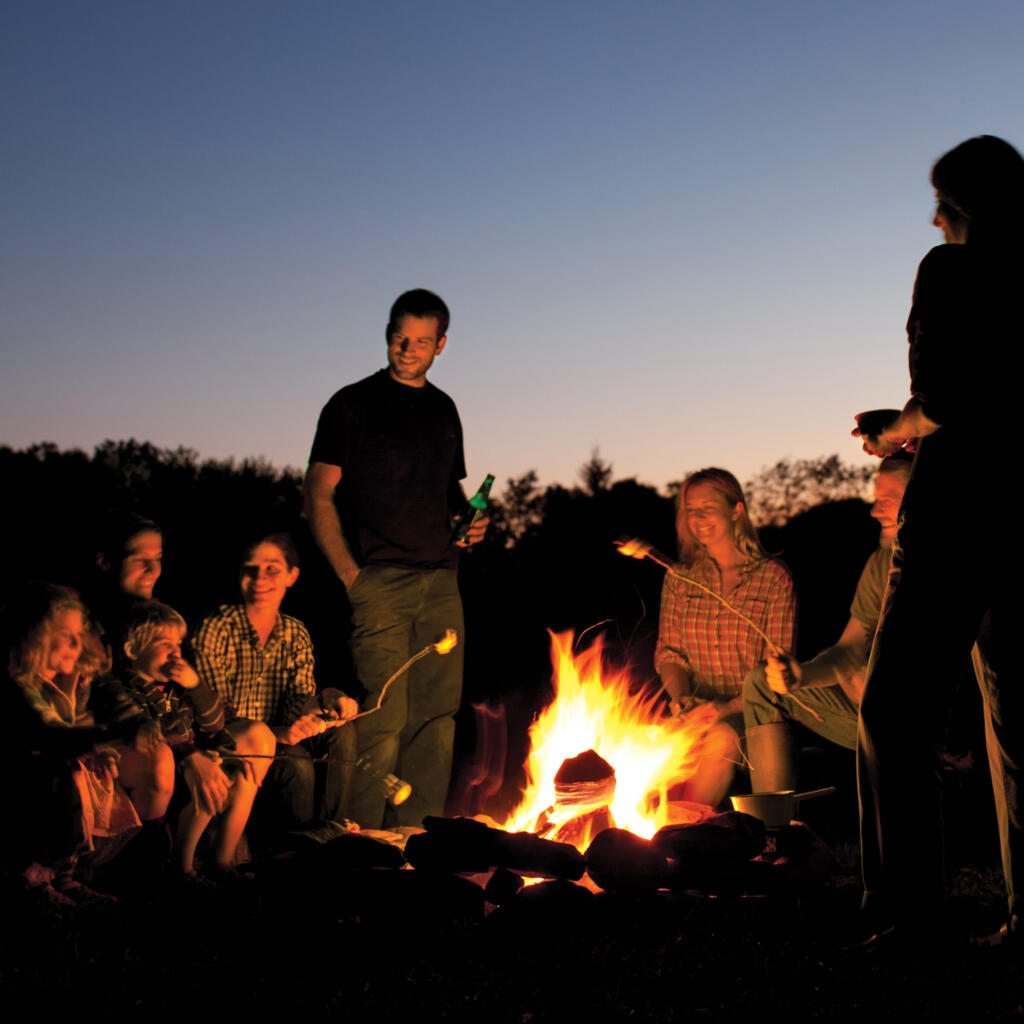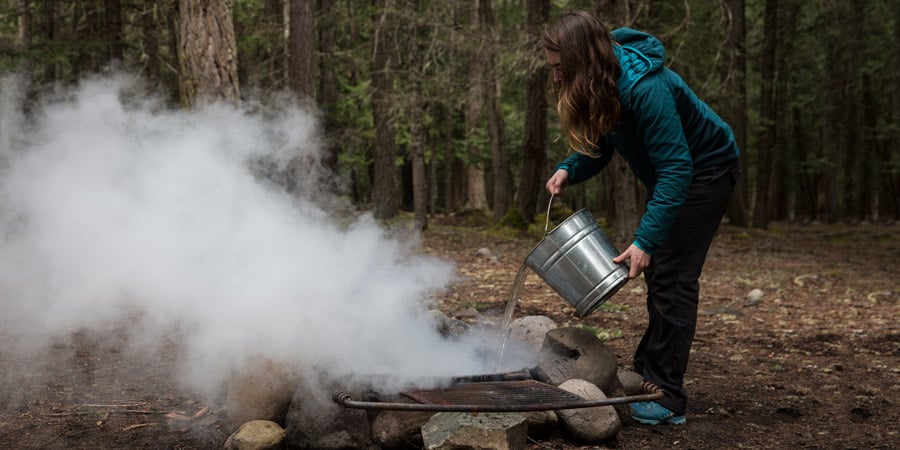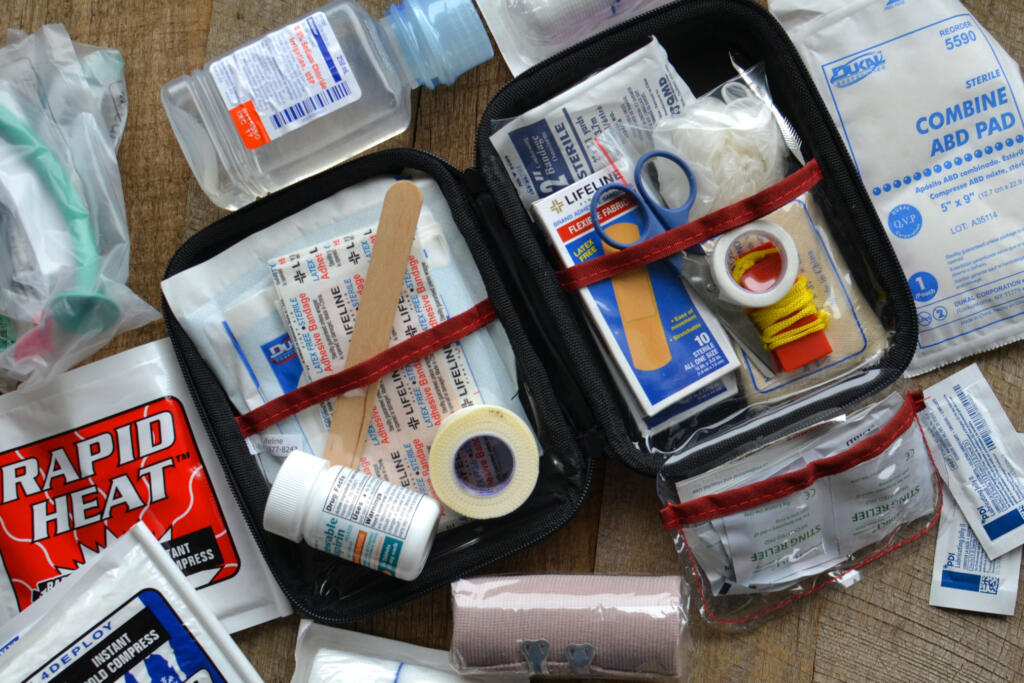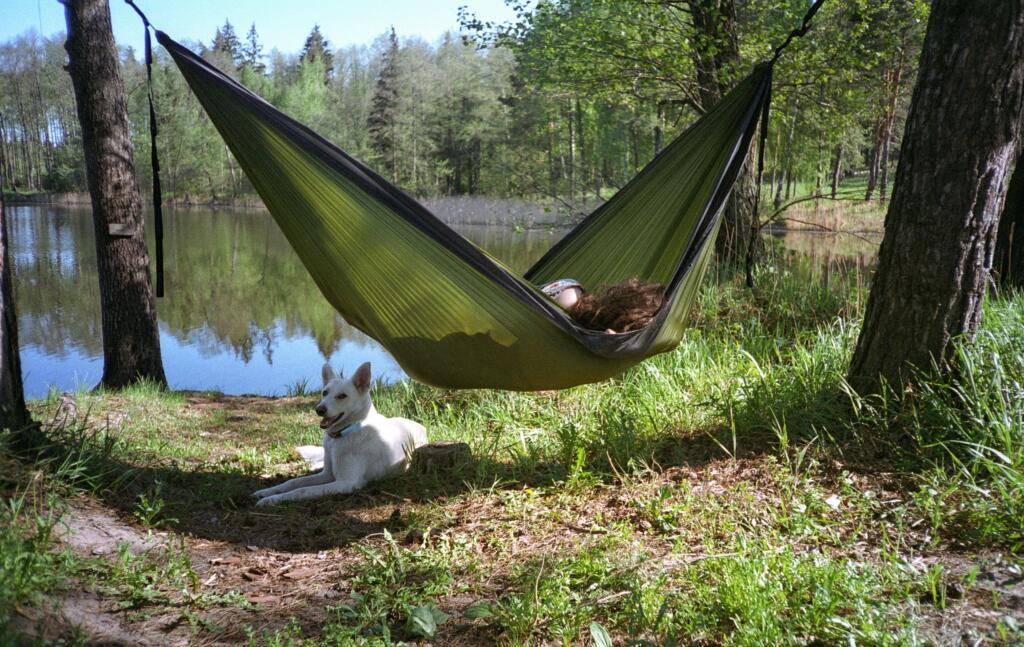
- There are numerous hammocks on the market for all kinds of needs:
- Best Overall for 2023
- Best with a Stand
- Best Swing Chair
- Best for Camping
- Best Rope Hammocks
- Best Double Hammocks
Whether outdoors or indoors, hammocks boast several benefits for improved posture, enhanced comfort, and sleep efficacy. The structure of a hammock prevents tossing and turning, which results in back pain, and the swaying motion lulls one to sleep better than a bassinet. But, there are countless types of hammocks with varying fabrics, tensions, and support systems. To ease your purchasing questions, here are our top hammocks for 2023.
Best Hammock for 2023
Yellow Leaf Signature

As seen on the hit show Shark Tank, Yellow Leaf Hammocks’ Signature Hammock is our pick for the top hammock in 2023. For only $199, the lightweight hammock boasts a sleek look, feels ultra-comfortable, and supports a good cause. The high-quality fabric is weather-safe and endures rain, snow, or shine without rot or mold. Each product comprises 15,000 hand-woven loops, and the Classic size stretches 10 feet and supports up to 400 pounds. Family-size versions are slightly larger at 11 feet and sustain up to 550 pounds. Their signature, eye-catching product comes in 13 variants and includes a customizable option.
Set up is easy. These versatile hammocks need only two sturdy connection points attached to the included straps. From there, it’s as simple as placing the main loop on the hook and relaxing the day away. While primarily hung, these pieces fit nicely into stands, and Yellow Leaf recommends their own Hammock Throne for the job. Tote bags for easy transport are provided with purchase, and they offer free shipping in the United States.

But there’s a story behind how these pieces came to be. While on vacation in Thailand, the company’s co-founder, Joe, traversed the country’s northern regions on a motorcycle ride. On his adventure, he encountered the Mlabri Tribe, whose name means “The People of the Yellow Leaves,” and he rested from his journey in one of their hammocks. Today, Yellow Leaf works with the Mlabri people, and a significant portion of revenue from sales goes back to the weavers to support their community. Most of the weavers are women, and their names are stamped on every tag.
Best Hammock with a Stand
Outsunny Arc Hammock with Canopy
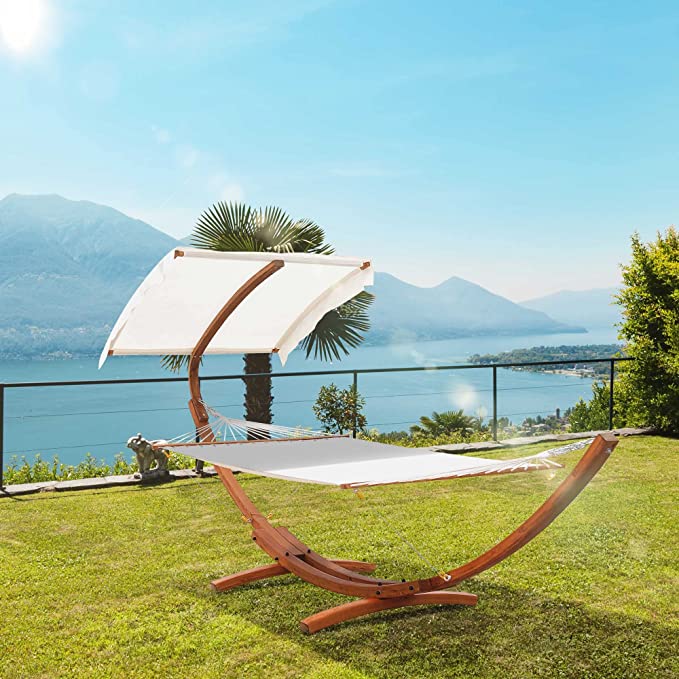
Outsunny’s Arc Hammock with Canopy is the quintessential pool-side hammock. Perfect for patios, pools, and gardens, its contemporary wood and cotton design inspires dreams of sand, coconuts, and the smell of SPF. The slender wooden curvature, made of Russian larch, turns upward to support a canopy, sometimes called a sunbrella, to shield the eyes and face from harmful sun rays. In addition, its fabric is weather resistant and reduces the likelihood of fading, staining, mold, and dry rot.
This combination of style and comfort will transport you back to the beach for just $355.99. Spending the afternoon in a sunny haze is what hammock days are all about.
Best Hammock Chair
Kings River Swing Lounger Chair
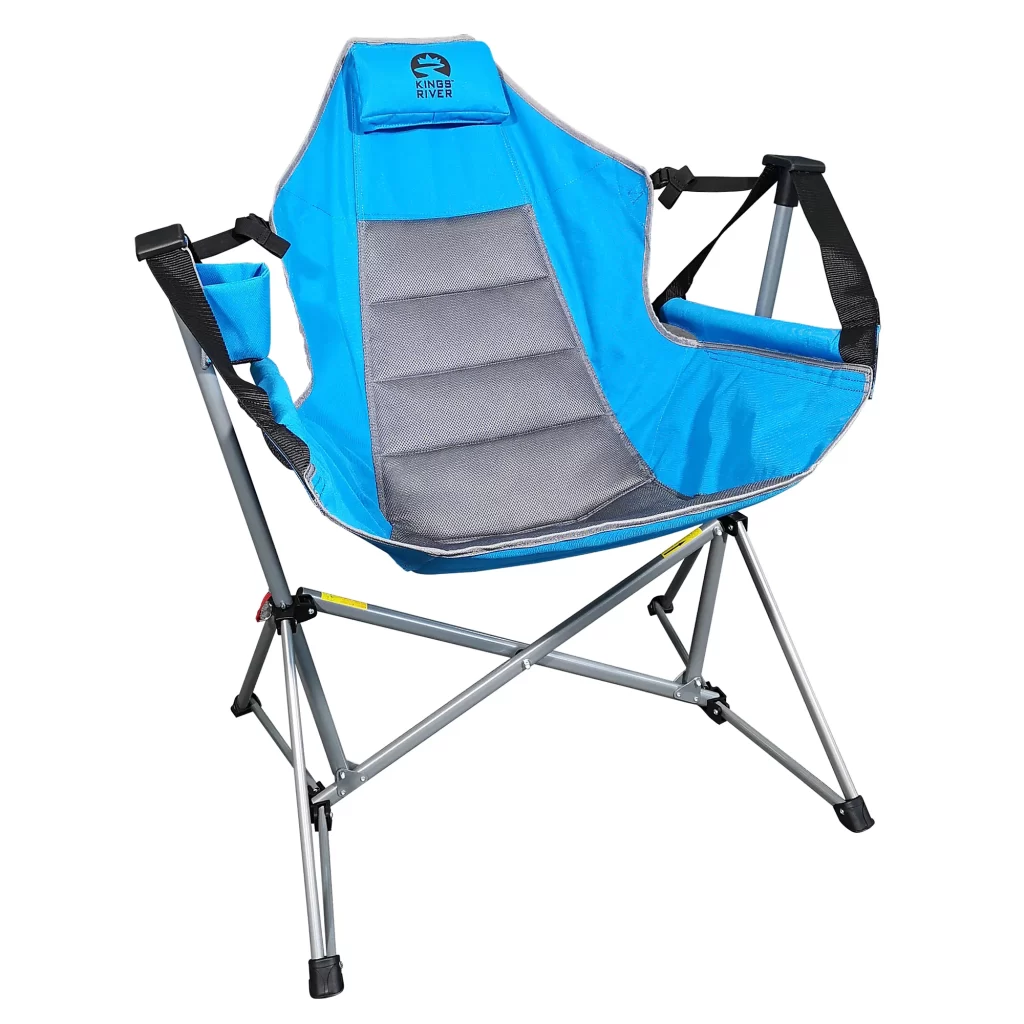
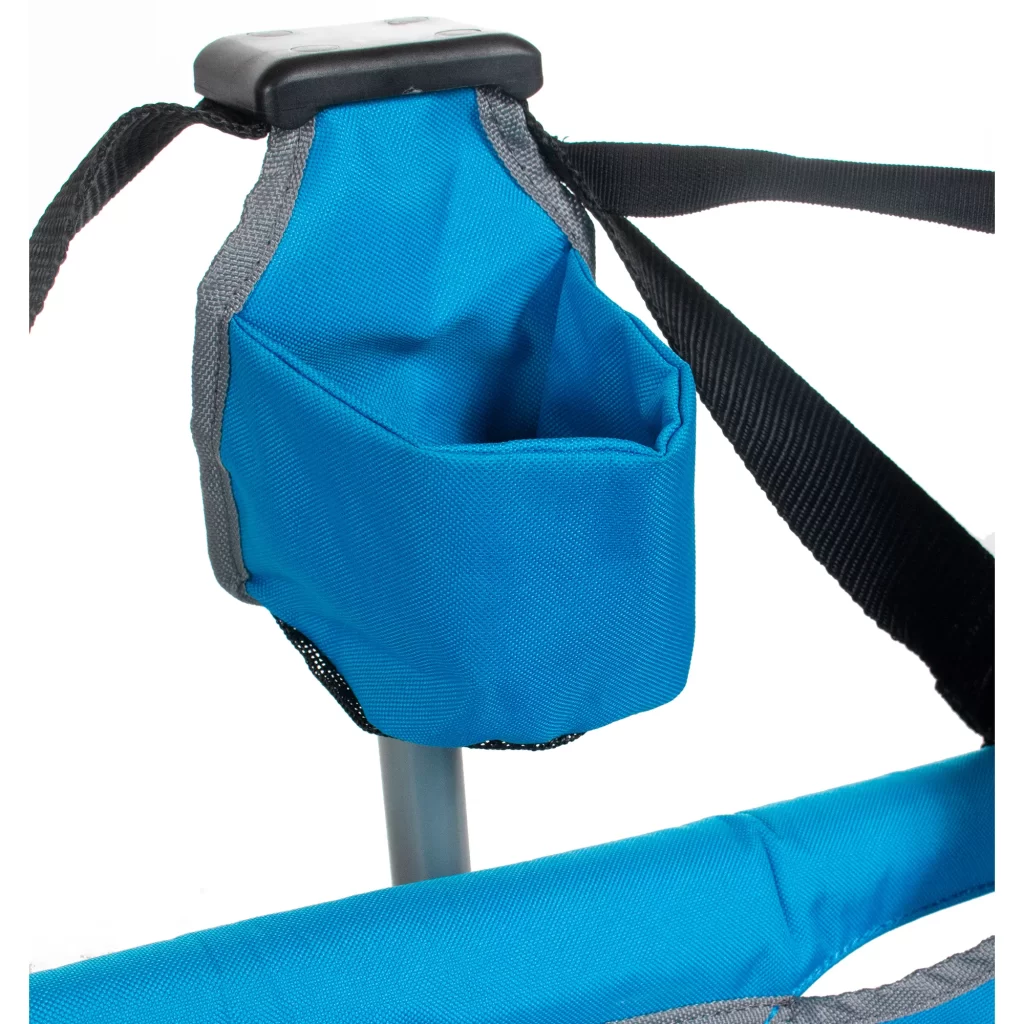
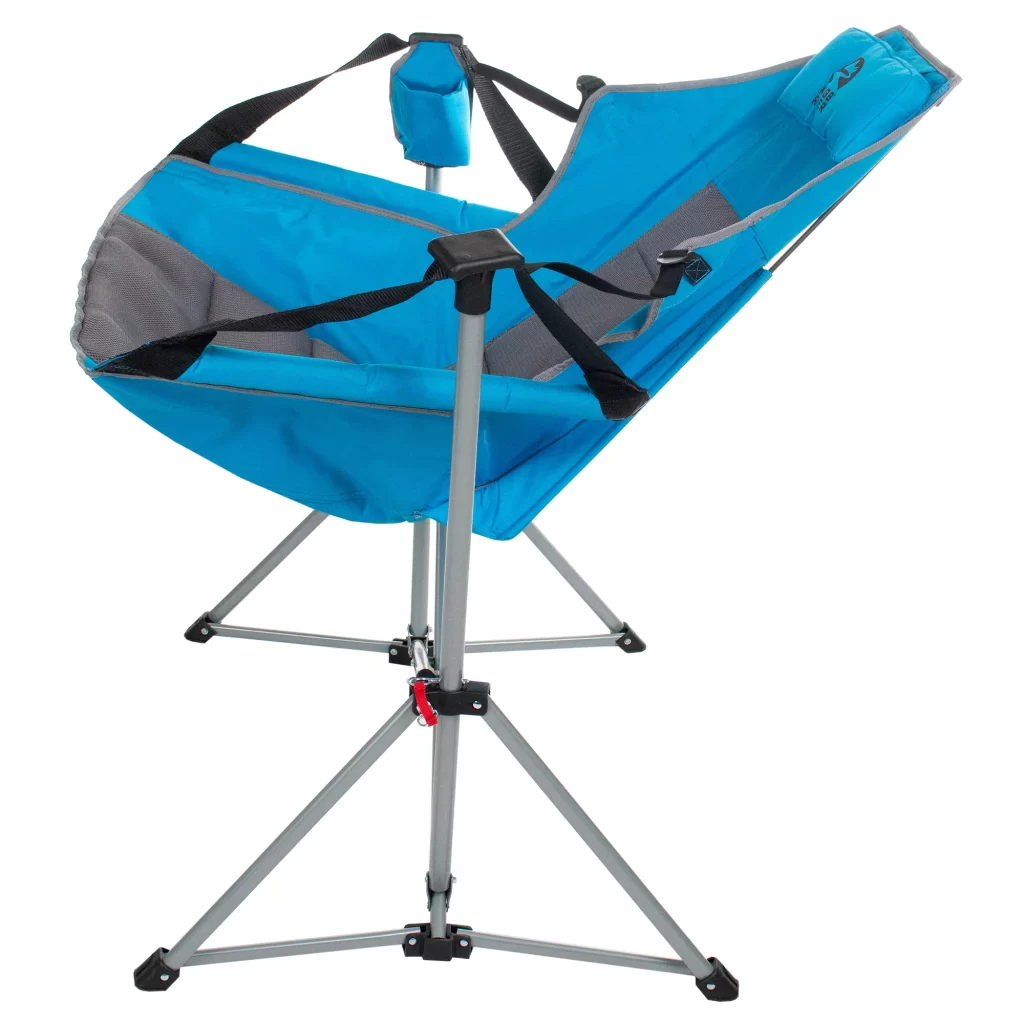

The best of both worlds, this next hammock combines the leisurely bliss of a swing with the familiar trappings of a chair. Whether inside knitting or fishing by the lake, Kings River’s Swing Lounger Hammock Chair fits perfectly indoors or outdoors. This new travel and camping essential costs $74.99, supports up to 300 pounds, and comes in vibrant shades such as Pepper Green, Tap Shoe, and Hawaiian Surf. Made of lightweight aluminum, the chair offers trouble-free folding, and storage in the accompanying travel bag is as easy as squeezing the arms together.
Designed for comfort, the hammock includes an attached pillow for neck and head support. In addition, the ribbed chairback supports spinal stability, and the padding prevents typical and uncomfortable bending in the fabric. Among its many features, the chair includes an integrated cup holder attached to the hardware to ensure a never-spill situation. A tripod leg structure guarantees steadiness without compromising a full range of motion.
Best Camping Hammock
Warbonnet Original Blackbird
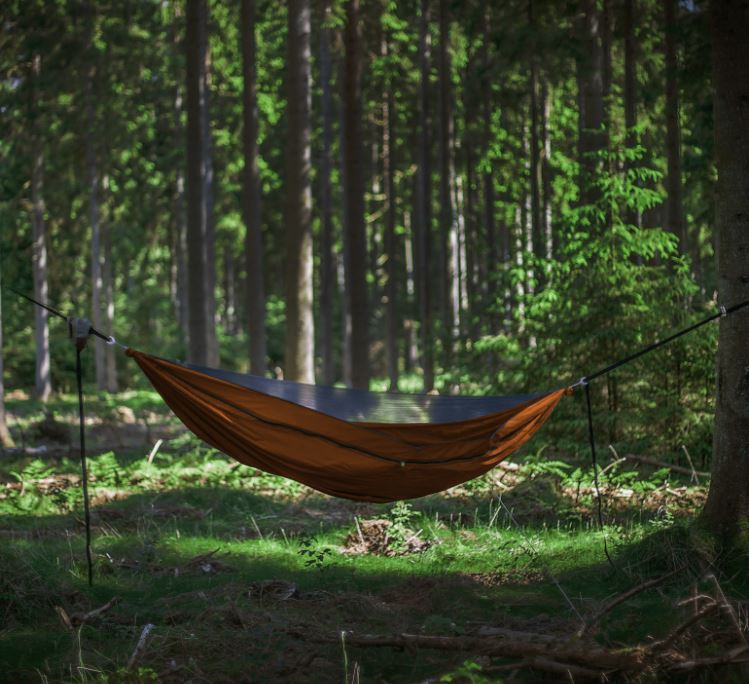
For the adventurer and outdoorsman, the Warbonnet Original Blackbird is the top camping hammock on the market. A world-class purveyor of hammocks, Warbonnet designs with camping in mind. This made-in-the-USA brand capably handles extreme climates, from the winter snow of New York to the arid terrain of New Mexico. Warbonnet makes the Original Blackbird with their proprietary Deam-Tex fabric blend, and its durable yet comfortable cotton-like texture retains its stability for several years.
For only $175, the Original Blackbird offers more features than typical hammocks. One of the primary draws for the product is the built-in bug net, which has a zipper for entering and exiting but is movable. The elastic guylines ensure the net is taut and out of the way. Sleeping comfortably in hammocks often proves difficult, but the foot box — an area towards the end with extra fabric — provides extra foot space. A desirable feature, the product includes a “shelf” — a pocket on the side — for storing essentials.
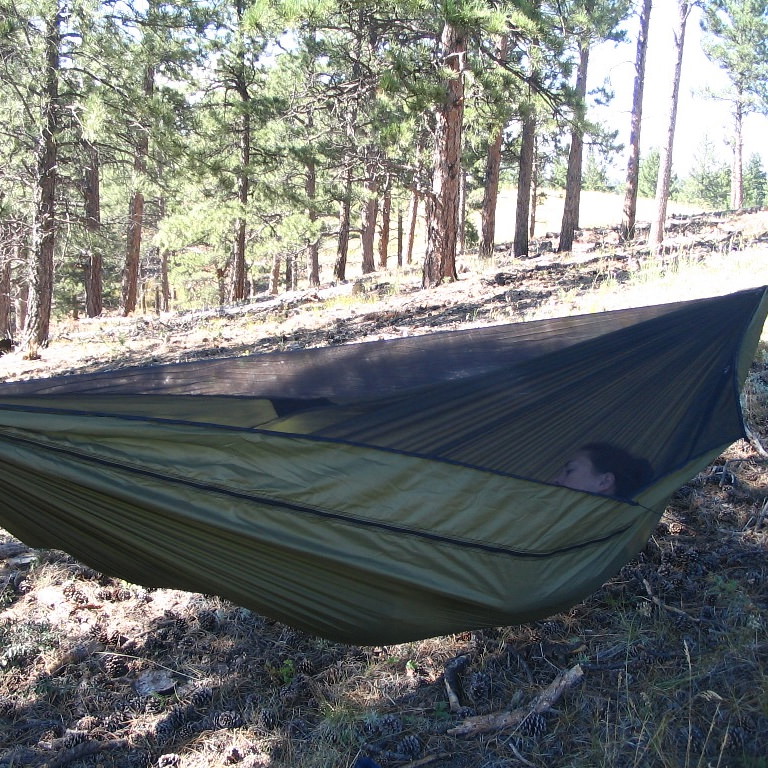
Additionally, Warbonnet sells accessories to improve comfort. For example, products such as top and under quilts retain warmth in exceptionally cold conditions, and tarps keep users dry and out of the rain.
Best Rope Hammock
Miami Rope Series

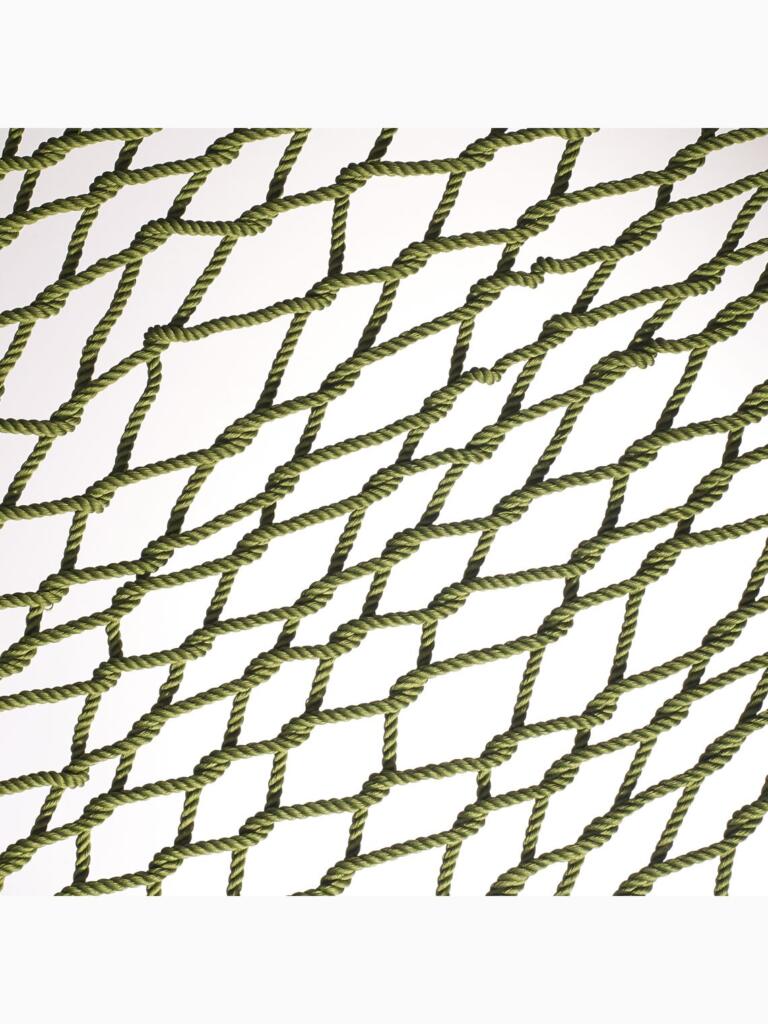
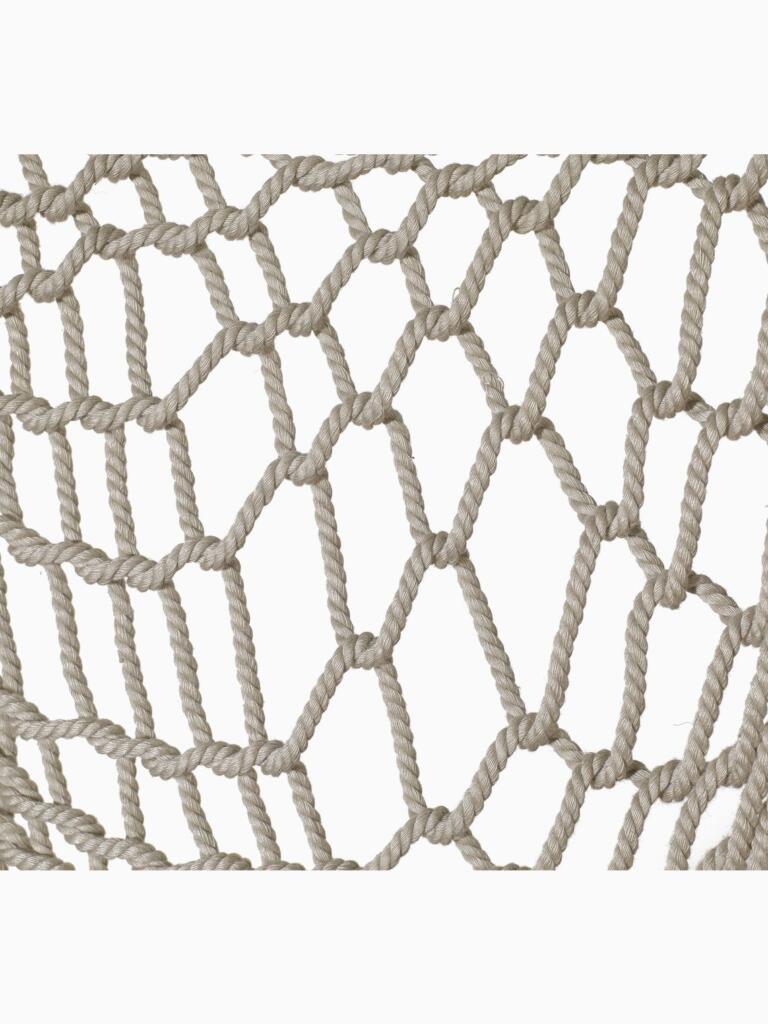
From plastic to polyester, Fab Habitat‘s Miami Rope hammocks showcase classic boho charm. Fab Habitat uses recycled plastic bottles, typically soda bottles, to create a polyester weave. Due to their material, the Miami Rope series is resistant to mold, mildew, UV damage, and staining. Comfortably fit for two, the product sustains up to 460 pounds. The hardwood spreader bar keeps ropes taut and minimizes dipping and tangling. Miami Rope hammocks come in varying shades and are great for indoor and outdoor use.
Best Double Hammock
ENO DoubleNest
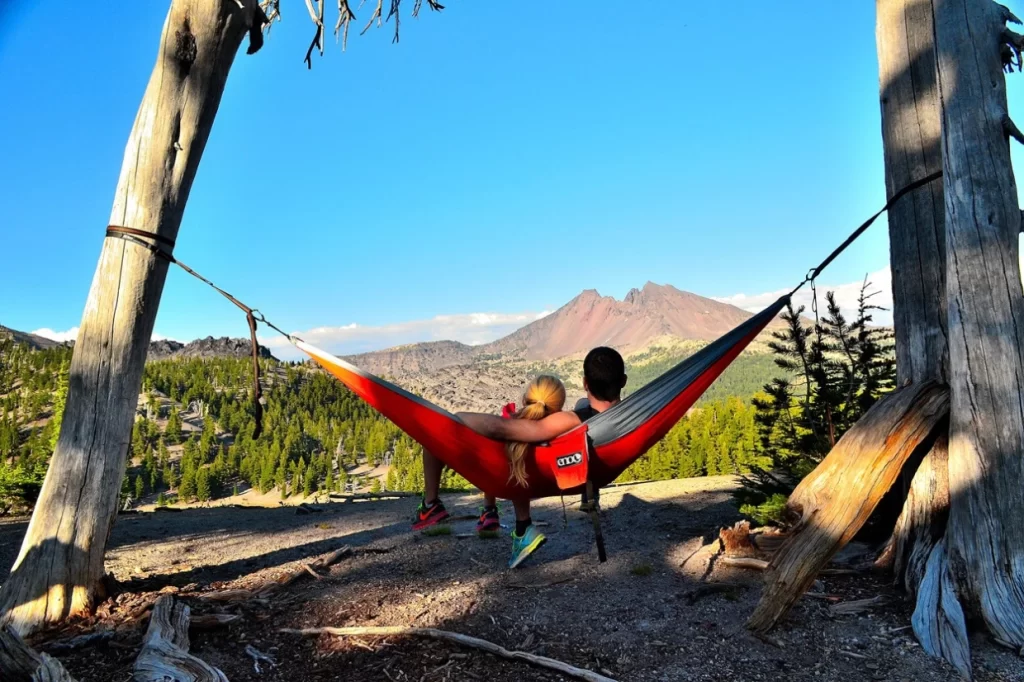
After a long day of flying, birds return to their roost, and ENO’s DoubleNest cradles more than one egg. This double hammock — one that fits two people — is a refreshed and refurbished version of ENO’s original. The triple-stitch seamed product expands to 9.5 feet in length, weighs only 19 ounces, and supports up to 400 pounds. In addition, ENO hammocks come with integrated packing bags, and the sack rests on the side when in use. When packaged, the bag is about the size of a grapefruit. The hammock fits easily into the bag due to crinkle-resistant FreeWave® fabric and is secured with a drawstring and buckle. Despite the increased size, DoubleNest remains compatible with other ENO accessories.
ENO keeps sustainability and philanthropy at the heart of their company. DoubleNest and their other hammocks are approved by bluesign® — an organization that ensures sustainable sourcing and production practices. Additionally, ENO plants two trees per hammock sold. When purchasing the DoubleNest, consider buying from the Giving Back Series; hammocks from this series feature standout patterns and each print supports six nonprofit organizations, including Appalachian Trail Conservancy, Leave No Trace, and the National Park Foundation.
From hanging on the patio to hanging in the woods, these top hammocks for 2023 embody the spirit of summer. Now you need a place to go; check out our top lake-based travel destinations for your next adventure.
Where was Yellow Leaf Hammocks featured?
Yellow Leaf Hammocks was featured on the hit show Shark Tank.
Where are Yellow Leaf Hammocks made?
Yellow Leaf Hammocks are made by the Mlabi people in Thailand
What sets Outsunny’s Arc Hammock apart?
Unlike many contemporary hammocks, Outsunny’s Arc Hammock has an integrated hammock.
What are the key features of Kings River’s Swing Lounger Hammock Chair?
The Kings River’s Swing Lounger Hammock Chair is made of lightweight aluminum, easy to store, includes a pillow, and has a built-in cupholder.
Where are Warbonnet hammocks made?
Warbonnet makes their hammocks in the United States.
How much is the Warbonnet Original Blackbird?
The Original Blackbird by Warbonnet costs $175.
What is the purpose of a footbox?
A footbox is an area towards the end of a hammock with extra fabric that provides extra foot space.
What is the Miami Rope hammock resistant to?
Due to their material, the Miami Rope series is resistant to mold, mildew, UV damage, and staining.
What is bluesign®?
bluesign® is an organization that ensures sustainable sourcing and production practices.
What is the purpose of ENO’s DoubleNest Giving Back Printed Hammocks?
Hammocks from this series feature standout patterns and each print supports six nonprofit organizations, including Appalachian Trail Conservancy, Leave No Trace, and the National Park Foundation.

